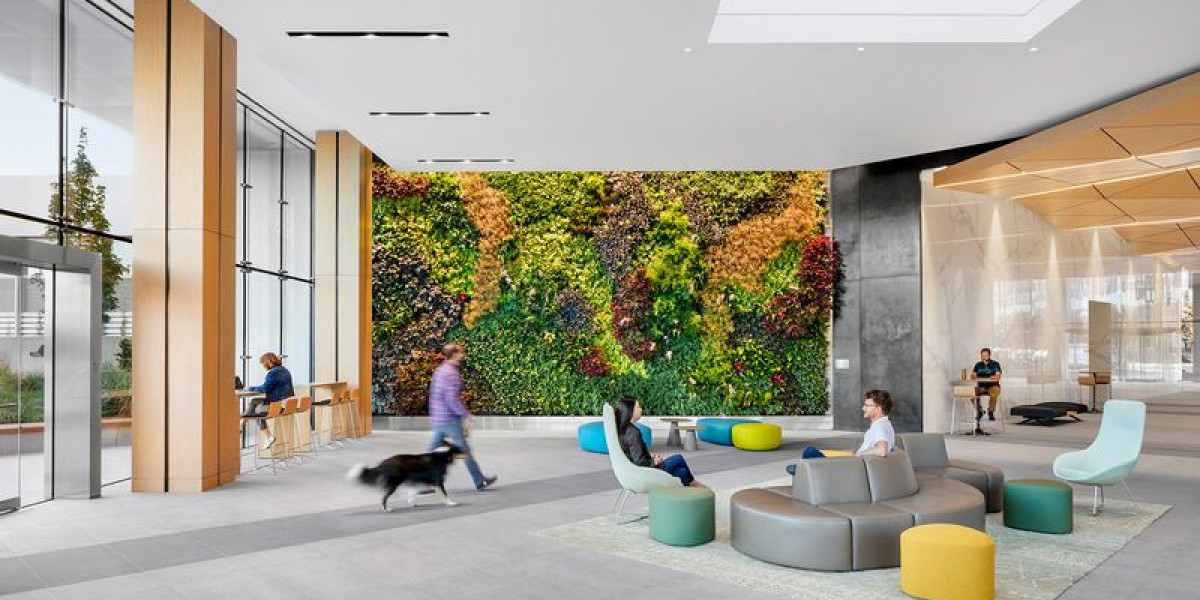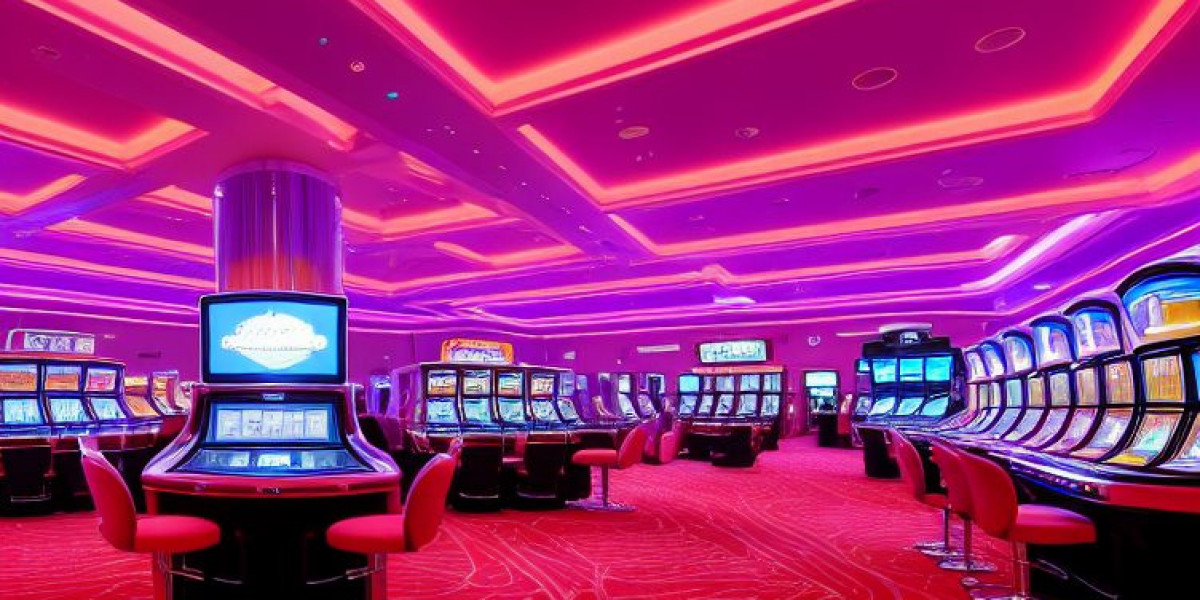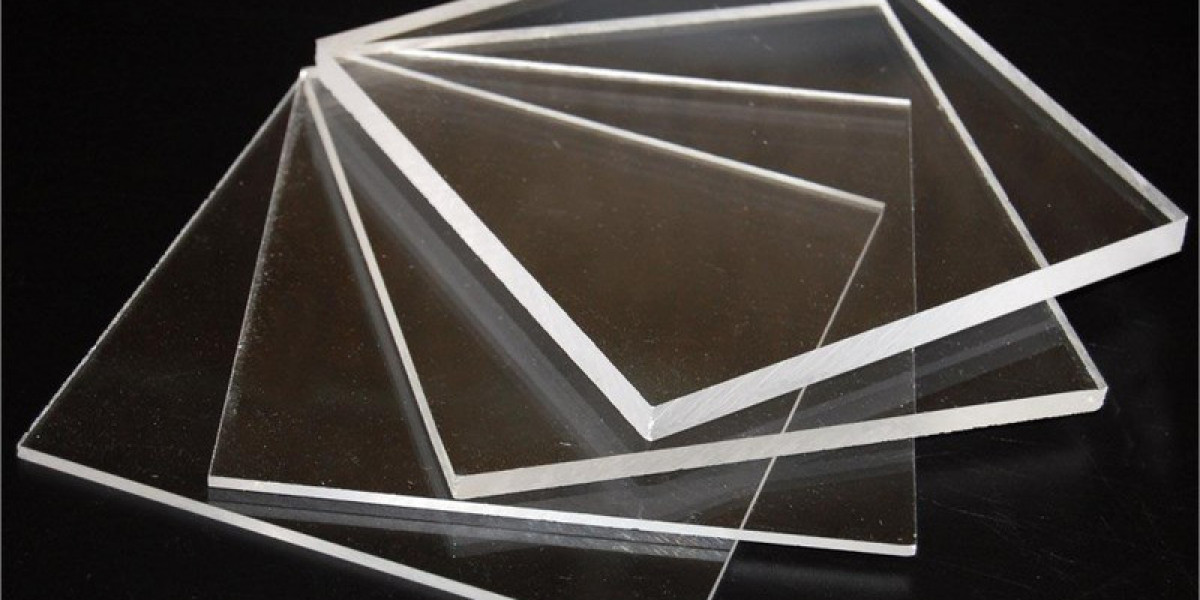As cities continue to expand and develop, the challenges of urban biodiversity become increasingly evident. With green spaces dwindling in urban environments, innovative solutions are needed to foster wildlife and enhance ecological resilience. One such solution is the implementation of green walls, also known as vertical gardens or living walls. These installations not only provide aesthetic appeal but also play a crucial role in supporting urban biodiversity. By creating habitats for flora and fauna, green walls contribute to healthier ecosystems while simultaneously improving the quality of urban living.
Understanding Green Walls
Green walls are vertical structures that are intentionally covered with a variety of plants. They can be found in residential, commercial, and public spaces, serving both functional and decorative purposes. Made from modular panels, trellises, or pre-planted systems, green walls can accommodate diverse plant species across different levels, allowing for creative landscaping solutions in limited spaces. This vertical approach to gardening utilizes minimal horizontal ground area, making it particularly effective in densely populated urban environments where available land is scarce. The incorporation of greenery in vertical formats makes it possible to enhance biodiversity and connect people with nature in urban settings.
The Role of Green Walls in Promoting Biodiversity
Green walls can dramatically increase the biodiversity of urban areas by providing habitats for various organisms. They offer a vertical space where plants can thrive, often accommodating species that may not survive in traditional urban gardens due to limited sunlight or soil conditions. Additionally, green walls attract and support pollinators such as bees, butterflies, and birds, helping to maintain pollination processes that are essential for a healthy ecosystem. By selecting native plants for green wall installations, designers can create environments that are friendly to local wildlife, ultimately fostering a diverse urban ecosystem. These systems can also serve as stepping stones in urban landscapes, encouraging wildlife connectivity between green spaces that might otherwise be isolated.

Enhancing Air Quality and Microclimates
One of the significant benefits of green walls is their ability to improve urban air quality. Plants have a natural capacity to absorb pollutants, including carbon dioxide, nitrogen dioxide, and particulate matter, significantly reducing the levels of harmful substances in the air. This is especially crucial in cities that typically experience higher levels of air pollution due to traffic and industrial activities. Furthermore, green walls help to regulate temperature and humidity levels in their immediate environment, mitigating the urban heat island effect. They provide insulation for buildings, reducing the need for air conditioning in warm months and thereby contributing to energy efficiency. By enhancing air quality and creating more comfortable microclimates, green walls promote healthier living conditions for urban dwellers.
Innovative Design Approaches
Incorporating green walls into urban environments requires thoughtful innovation and design strategies. Designers and architects can utilize various materials and technologies to enhance the performance of green walls. For instance, some green walls are equipped with integrated irrigation systems that automatically provide water to the plants. Others utilize hydroponic or aeroponic systems that minimize water usage while maximizing plant growth. The design layout can also play a significant role in promoting biodiversity; layering plants with different growth habits can create a habitat that supports a wider range of species. Furthermore, integrating structural elements like nesting boxes or feeders can attract beneficial wildlife, enhancing the ecological function of the green wall.
Community Engagement and Education
Green walls not only enhance biodiversity but also serve as educational tools for communities. They can be utilized to demonstrate sustainable gardening practices and the importance of native plants in supporting local ecosystems. Community involvement in the design and maintenance of green walls can foster a sense of ownership and connection to nature, helping to cultivate a culture of environmental stewardship. Workshops and programs that teach residents how to care for living walls and understand the ecological benefits can inspire more people to engage with urban biodiversity efforts. By transforming public spaces with green walls, cities can create venues for learning and interaction that benefit both individuals and the environment. For more information visit here Habitat Horticulture
Challenges and Considerations
Despite their many benefits, there are challenges associated with implementing green walls in urban areas. The initial cost of installation can be high, and ongoing maintenance is necessary to ensure the health and vitality of the plants. Additionally, choosing the right plants for specific microclimates within a city can pose a challenge. It’s important to consider factors like sunlight exposure, drainage, and water availability. To address these challenges, up-to-date techniques and knowledge in sustainable practices should be prioritized. Collaborations among urban planners, architects, and ecologists can enhance the viability and effectiveness of green walls in promoting urban biodiversity.
The Future of Urban Biodiversity
The future of urban biodiversity increasingly relies on innovative solutions like green walls. As cities continue to grow, the integration of nature into urban planning will be vital for creating resilient ecosystems. Green walls represent a promising avenue for enhancing biodiversity, improving air quality, and providing aesthetic value in urban settings. Designing future cities with biodiversity in mind can lead to more sustainable environments that support both people and wildlife. As awareness of the benefits of green infrastructure grows, we can expect a rise.










